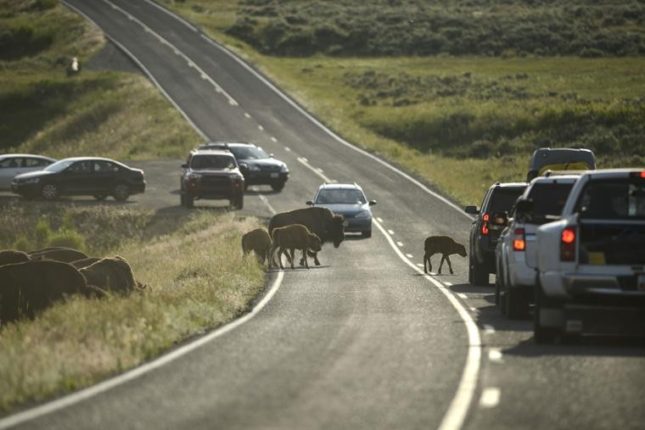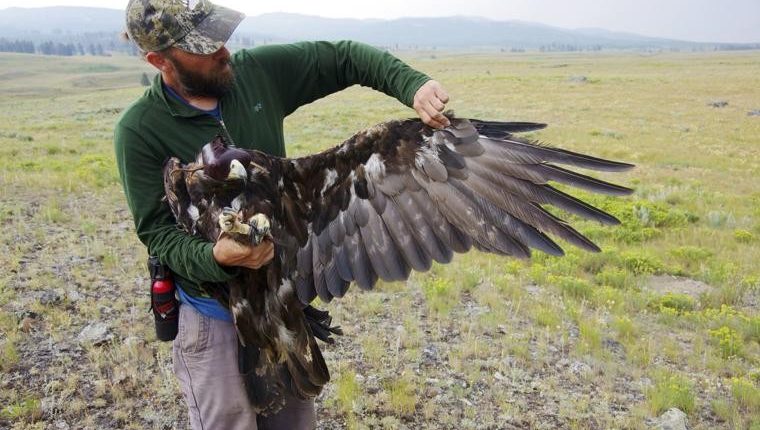Blackfoot is as much my home as Pocatello, because my mother and father grew up there, as did most of my aunts, uncles and cousins. My generation is pretty spread out now, throughout Washington, Idaho, Arizona, Oklahoma and Texas, but we all manage to get back to Blackfoot as often as we can.
Whenever I am in Blackfoot, I like to stop in at Rupe’s for lunch. Rupe’s used to be one of those drive-in hamburger joints where waitresses on roller skates would come out and take your order and then bring it to you and hang it all on the window of your car. You can still do that if you like, but the waitresses just walk out and take your order, and there is also a pretty nice restaurant in the building now.
My favorite meal at Rupe’s is their All-American Burger with a chocolate milk shake.
That got me to wondering, if there was an All-American Burger, why isn’t there and all-American gun? And if there were, what would it be? A case could be made for any number of guns that have some historical value to most Americans.
As I thought about it, I decided that the Colt 1911 .45 ACP is what I think of as the all-American gun. As a matter of fact, I own two of them, a Commander and a Government Model.
During the Philippine-American War, from 1899-1902, the Army’s .38 Colt long revolver proved to be ineffective at reliably stopping Moro warriors in combat, and the Moro warriors were able to get with in striking distance of U.S soldiers with melee weapons even after being shot.
Existing supplies of the old Colt single-action .45 revolver and ammunition were issued to U.S. troops and the skirmishes with Moro warriors took a dramatic turn in favor of the U.S. troops.
After the war and several modifications, John Browning’s M1911 semi-auto design was accepted as the new official handgun of the U.S. Army. The new 1911 fired the now familiar .45 Automatic Colt Pistol round that rivaled the old .45 Colt round in most respects.
For over 100 years, that pistol and caliber have traveled with American troops into almost every crisis, hot spot and war the United States has participated in. It immediately earned the name The Yankee Fist among foreign countries that were issuing their own militaries 9mm semi-auto pistols.
The 1911 proved to be an effective and powerful weapon in the hands of U.S. expeditionary forces and was available to U.S. troops during the first World War and was still the issue side arm for U.S. troops during World War II.
During World War II, several American factories, including Colt, Remington, Singer and Ithaca, were called on to manufacture 1911 .45 Automatic Colt pistols for not only American troops but those of our allies also. Over all, 1.9 million 1911s were produced during World War II.
Almost from the time the 1911 became the Army’s standard-issue pistol, it was available to the general population, as well as criminals such as John Dillinger and others.
The late Col. Jeff Cooper, USMC retired, and the owner of Gunsite Academy in Paulden, Arizona, has emphatically declared that, “If you want to win, this is the gun you will carry,” while holding up a Government Model 1911 in .45 Automatic Colt Pistol.
Although the 1911 design is more than 100 years old, John Browning was way ahead of his time when he conceived the design and had Colt build the pistol. The new generation of polymer, striker fired pistols may be easier to disassemble and have larger magazine capacities owing to staggered loading in the magazine, but they can’t honestly claim better ruggedness or more reliability than the Browning designed 1911. People with smaller hands such as myself find that the 1911 fits our hands more comfortably than the polymer guns, which have larger grips and triggers that are harder to reach.
The 1911’s record as a bucking hand cannon is over-stated. Recoil is really more of a push than a hard snap to the rear if fired with the recommended stiff wrist. The action of the 1911 was designed to work off of a stiff wrist. Recoil is 7.5 foot pounds, which I have found I can teach almost anyone to be in complete control of for quick follow up shots.
Although the standard U.S. sidearm is now a 9mm for more uniformity with NATO troops world wide, the U.S Marines recently ordered twelve thousand Close quarter Battle Pistols (M45A1). The M45A1 is a 1911 built by Colt Defense with modifications such as a Picatinny accessory rail, night sights and a desert tan paint job. The pistols were distributed to both U.S. Marine Corps Forces Special Operations Command (MARSOC) and Special-Operations-Capable Marine Expeditionary Units.
In 2014, the U.S. Army announced they were holding trials for a pistol to replace the current M9 pistol, and I had hopes that the Army had come to its senses and would again adopt the 1911 as its standard issue pistol. However, two of the requirements were the pistol had to be modular and have very low recoil. The Army went on to select the Sig Saur 320, which is certainly a better built pistol than the M9, but it is still a 9mm, which many think is not powerful enough. Because it is modular, I suspect some of the troops will opt for the .45 Automatic Colt pistol caliber for specific operations.
Today, the 1911 still lives on in the hands of Marines and private gun owners everywhere.
Smokey Merkley was raised in Idaho and has been hunting since he was 10 years old. He can be contacted at mokeydo41245@hotmail.com.



